Incredible photos of abandoned Olympics venues
Olympic-sized failures
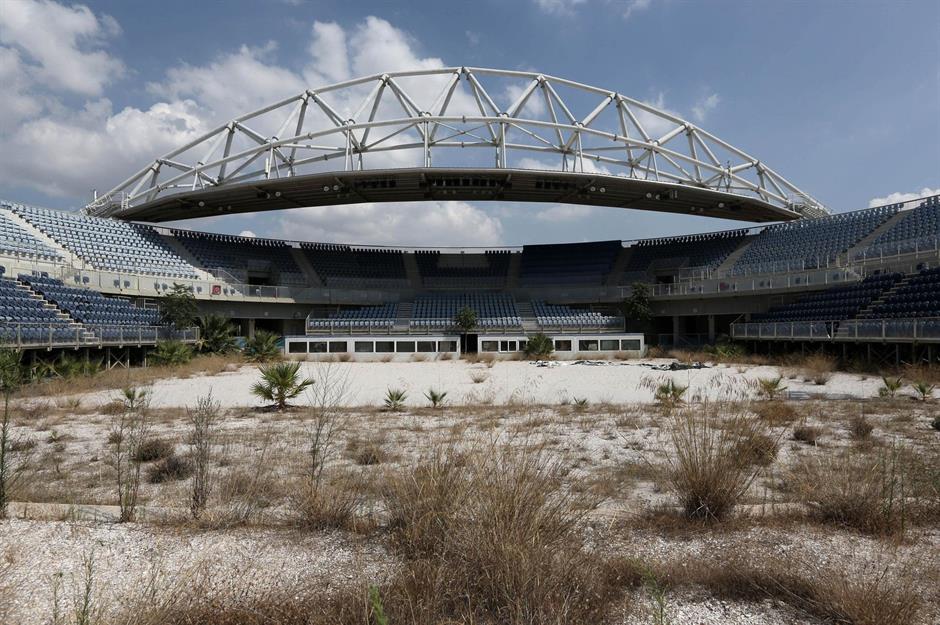
With the Beijing Winter Olympics now underway, the cost of hosting arguably the planet's most famous sporting event has once again come under scrutiny. While the Olympics can provide a boost to a host country's economy through infrastructure investment and tourism, the economic benefits are often short-lived and may not outweigh the huge price tag of building stadiums and other venues. Worse still, many of these sites are never reused and simply left to decay. Read on to see the expensive Olympic stadiums and sites, from both summer and winter games, that now sit deserted.
Sarajevo, Bosnia and Herzegovina, 1984
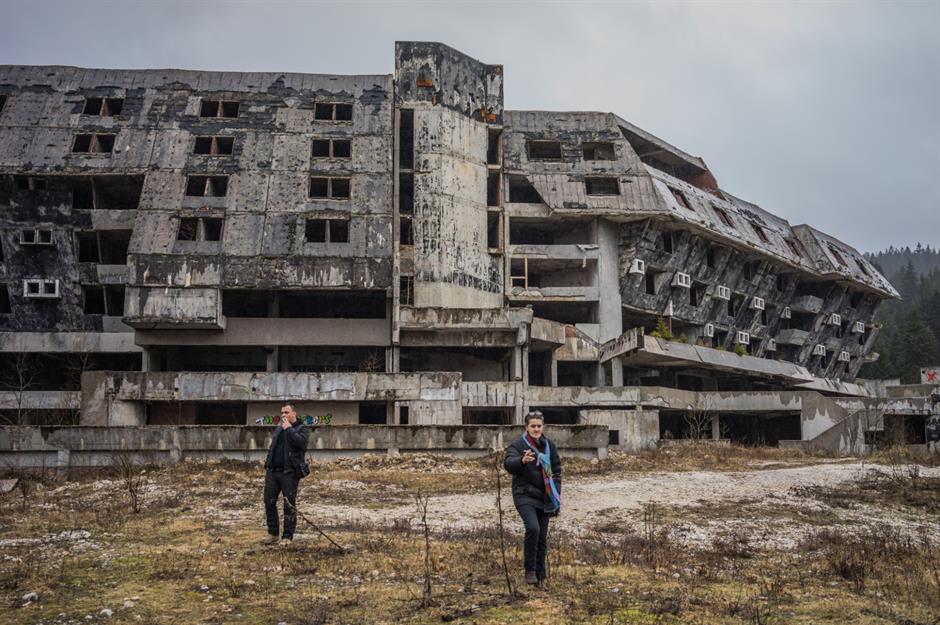
It's hard to pinpoint exactly how much the Sarajevo Winter Olympics of 1984 cost, as the Yugoslavian dinar experienced hyperinflation after the Games. However, we do know that it exceeded its budget by 118%, according to the Oxford Olympics Study 2016. Many of the venues, such as this abandoned hotel created for visitors, were subsequently torn apart during the Siege of Sarajevo a decade later.
Sarajevo, Bosnia and Herzegovina, 1984
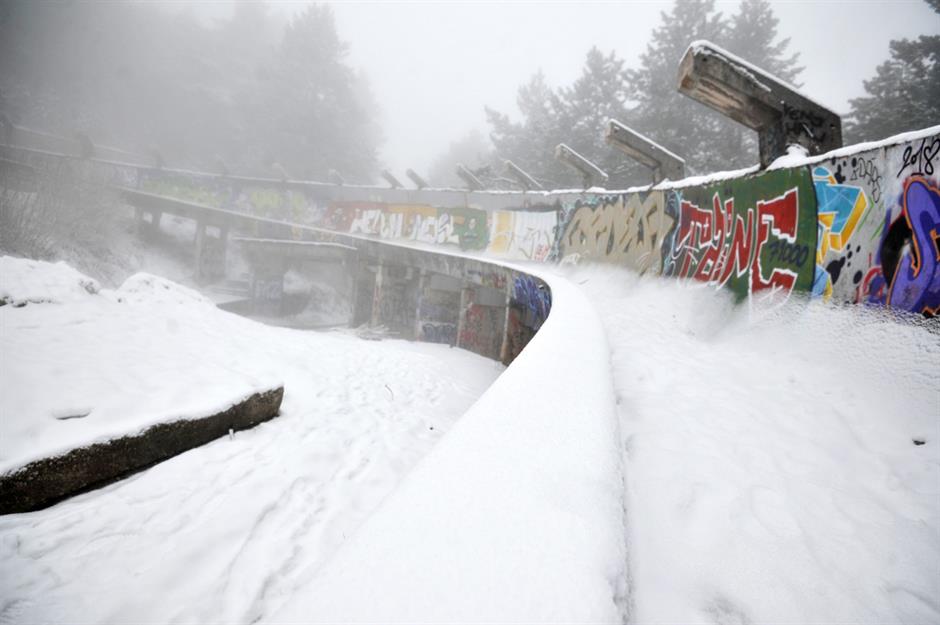
Sarajevo, Bosnia and Herzegovina, 1984
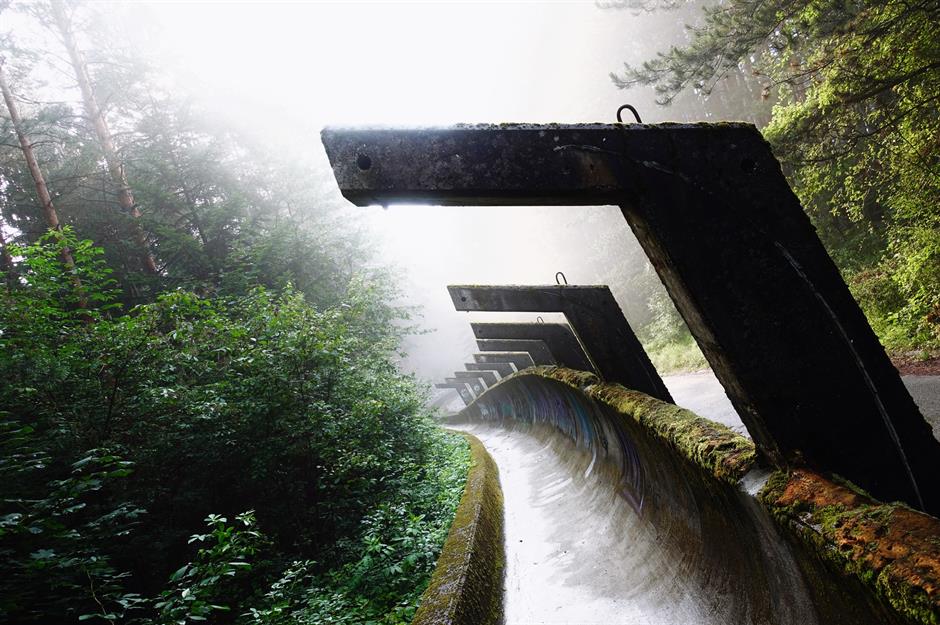
Sarajevo, Bosnia and Herzegovina, 1984
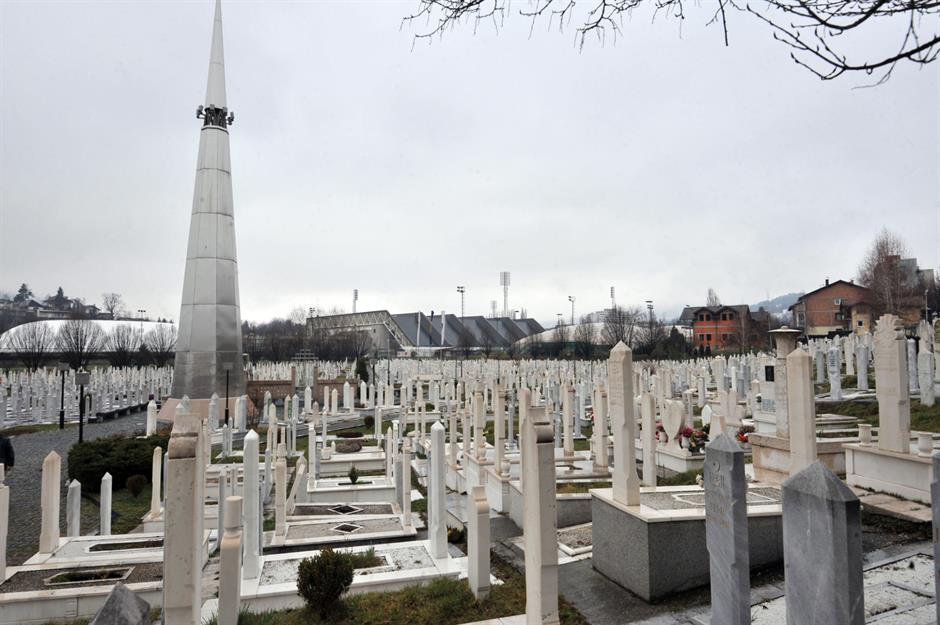
Meanwhile, the soccer pitch of the Sarajevo city stadium, next to the "Zetra" Olympic Hall, has been turned into a poignant cemetery. The Siege of Sarajevo led to as many as 10,000 deaths, according to some estimates, which meant that makeshift graveyards had to be constructed around the city.
Montreal, Canada, 1976, cost: $1.4 billion
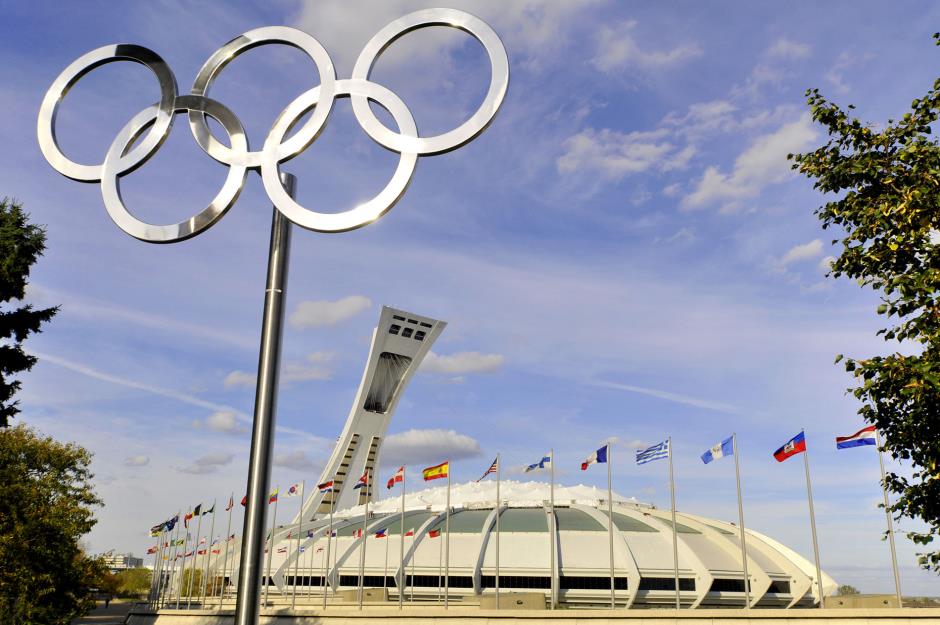
Montreal's Olympic Stadium is considered one of the world's most notorious white elephants. Following problem after problem, the stadium wasn't even finished in time for the 1976 Games, despite its massive price tag. In 2006, the cost of the stadium was estimated at CA$1.47 billion, the equivalent of US$1.4 billion in today’s money.
Montreal, Canada, 1976, cost: $1.4 billion
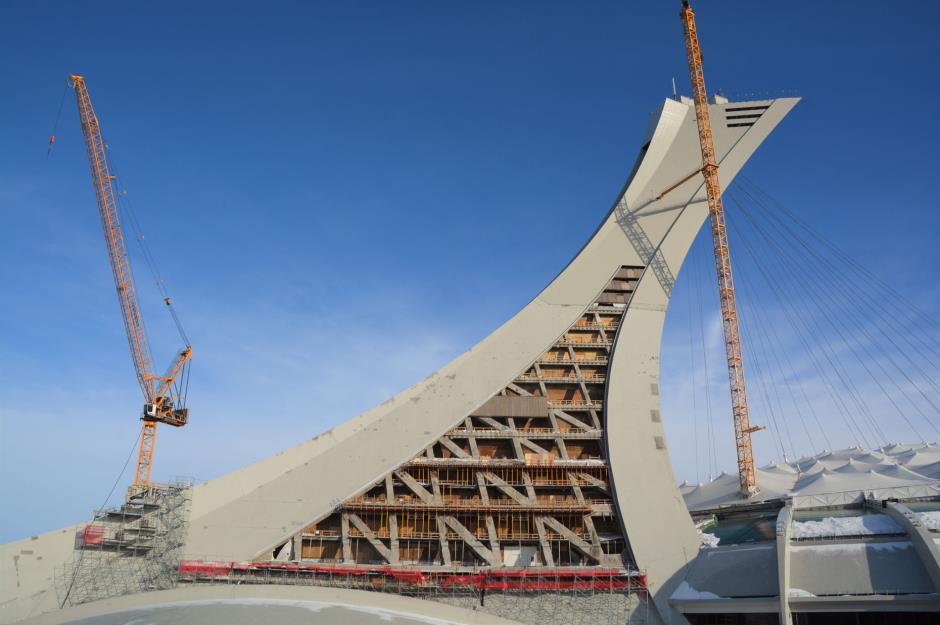
Montreal, Canada, 1976, cost: $1.4 billion
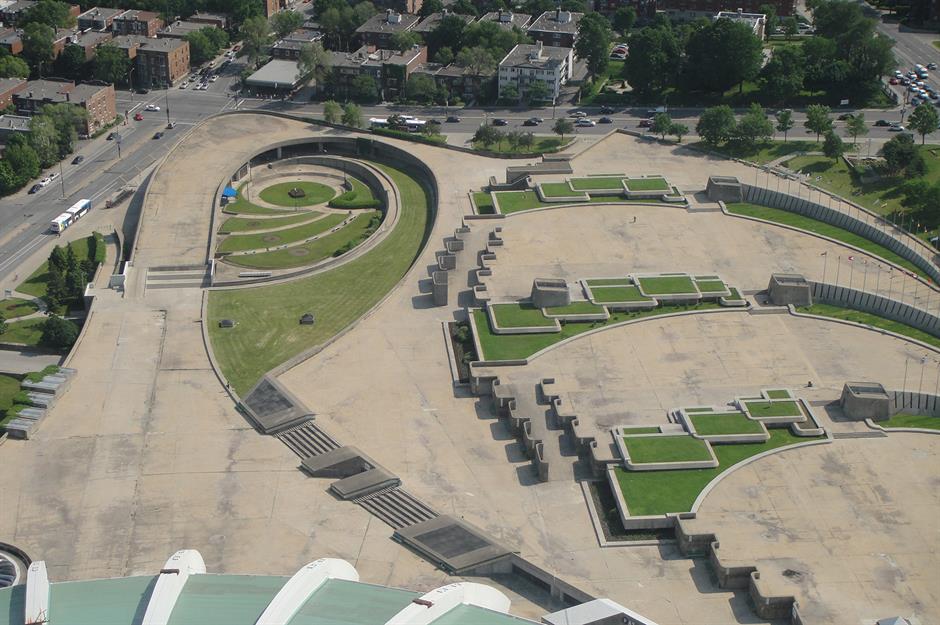
Currently, a German stadium construction firm has been working with the Régie des installations olympiques (RIO) to create new plans for the roof. Attempting to stay in keeping with the architect Robert Taillibert's original design for the building, while sticking to the CA$250 million (US$188m) budget for the new roof, the roof replacement looks to be delayed until 2024.
Montreal, Canada, 1976, cost: $1.4 billion
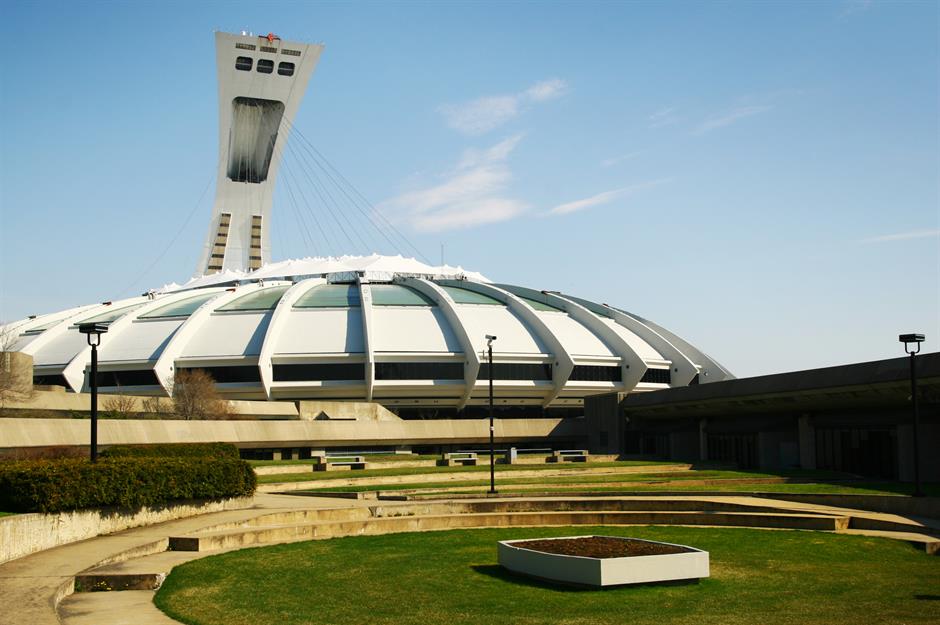
Berlin, Germany, 1936, cost: $1.7 billion
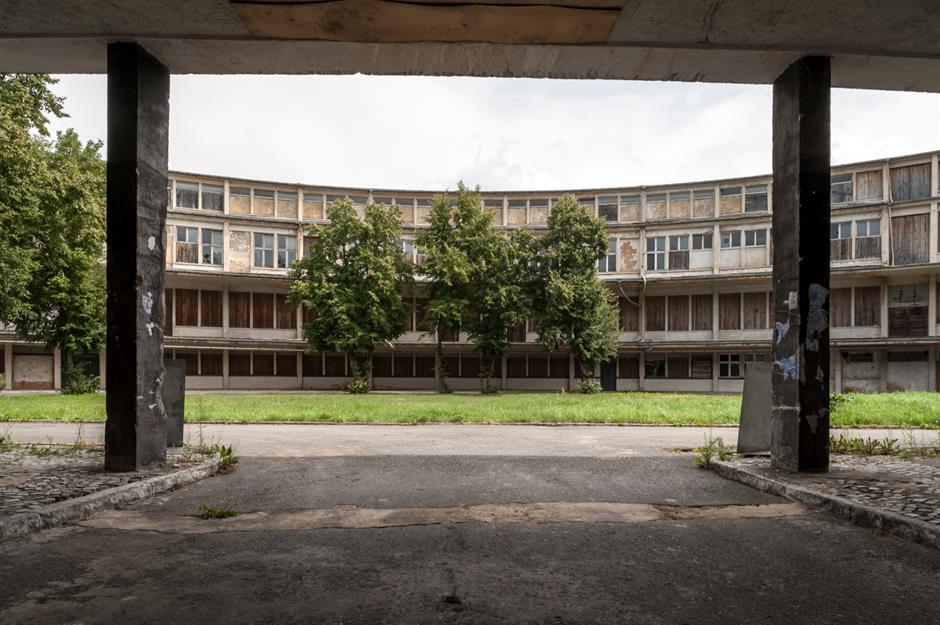
Berlin hosted the Olympics in 1936 and set a new bar for lavish spending on facilities. This included the first multi-sports Olympic park, a stadium with capacity for 100,000 people and the world's first ever torch relay. The total cost would be the equivalent of $1.7 billion in 2016 dollars, according to David Goldblatt, author of The Games: A Global History of the Olympics, writing in Time magazine.
Berlin, Germany, 1936, cost: $1.7 billion
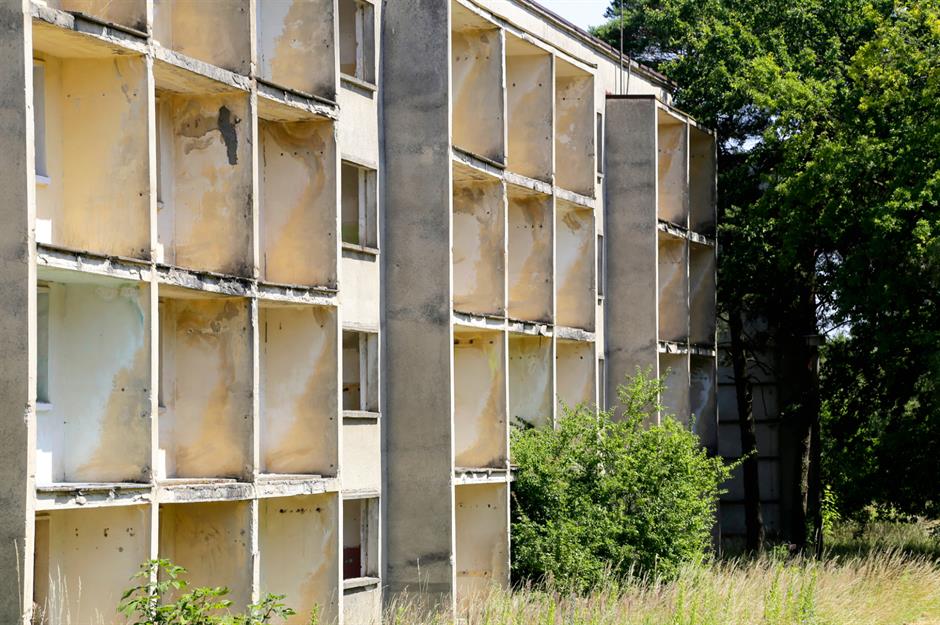
The Olympic Village, located in Elstal in the Wustermark municipality on the outskirts of Berlin, remains an eerie reminder of the event. During the time that the facilities were being built, the Nazis were rising to prominence and Jewish people were beginning to be stripped of their rights. Yet despite attempts to boycott the Games by Jewish and left-wing groups, the International Olympic Committee banked on the Games bringing unity and reducing the force of the Third Reich. However, this was short-lived.
Berlin, Germany, 1936, cost: $1.7 billion
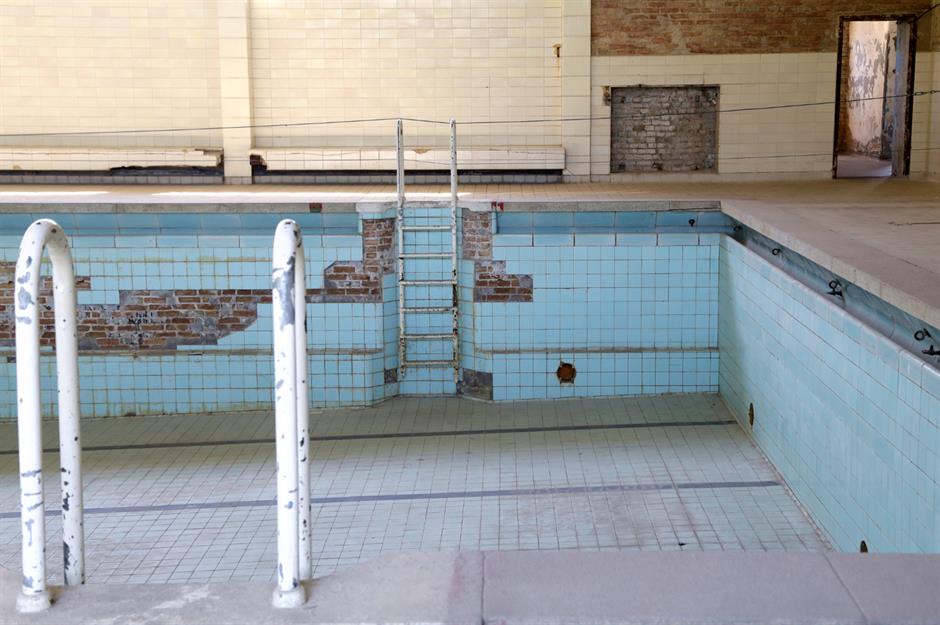
Berlin, Germany, 1936, cost: $1.7 billion
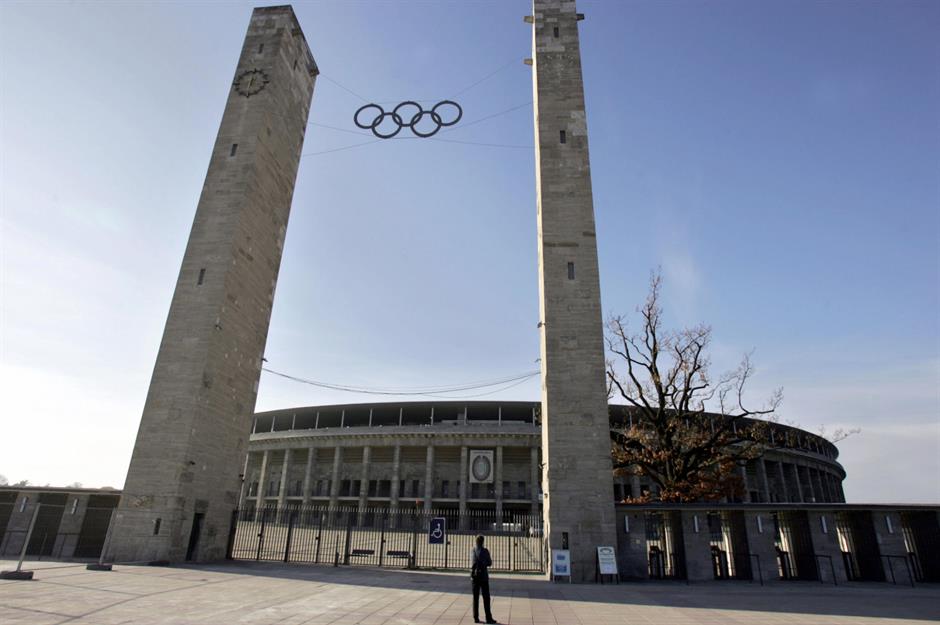
One building which certainly hasn't gone to waste is the Olympiastadion. Pictured in 2005, it was restored for the 2006 FIFA World Cup Final, which brought €300 million in revenue to the country, equivalent to $438 million in today's money.
Athens, Greece, 2004, cost: $12.8 billion
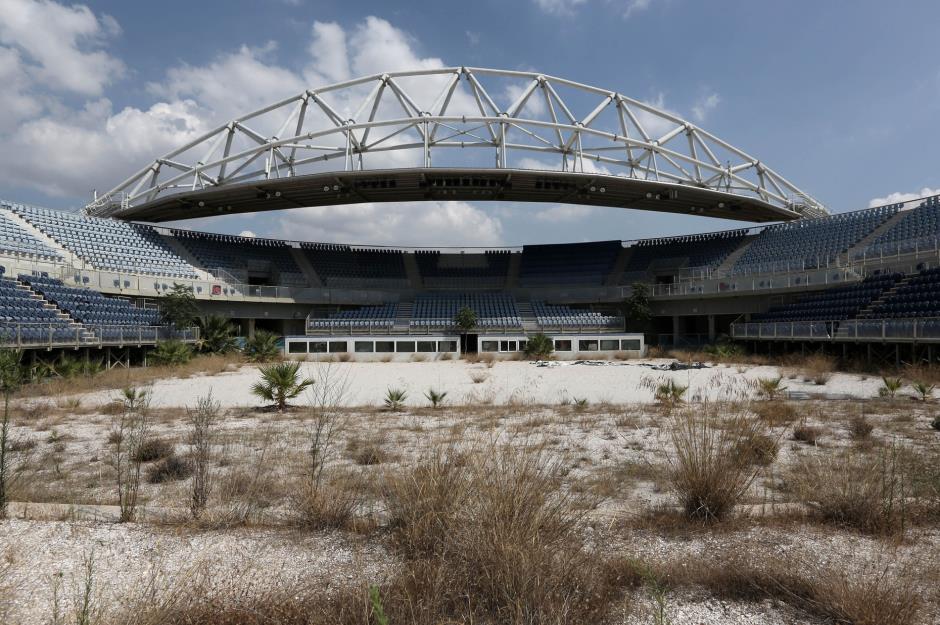
Flush with European Union cash, the Greek government went on a crazy spending spree to prepare for the 2004 Olympic Games in Athens. Estimates as to the total amount it spent on the Games vary, but even fairly conservative assessments put it at around $12.8 billion in today's money.
Athens, Greece, 2004, cost: $12.8 billion
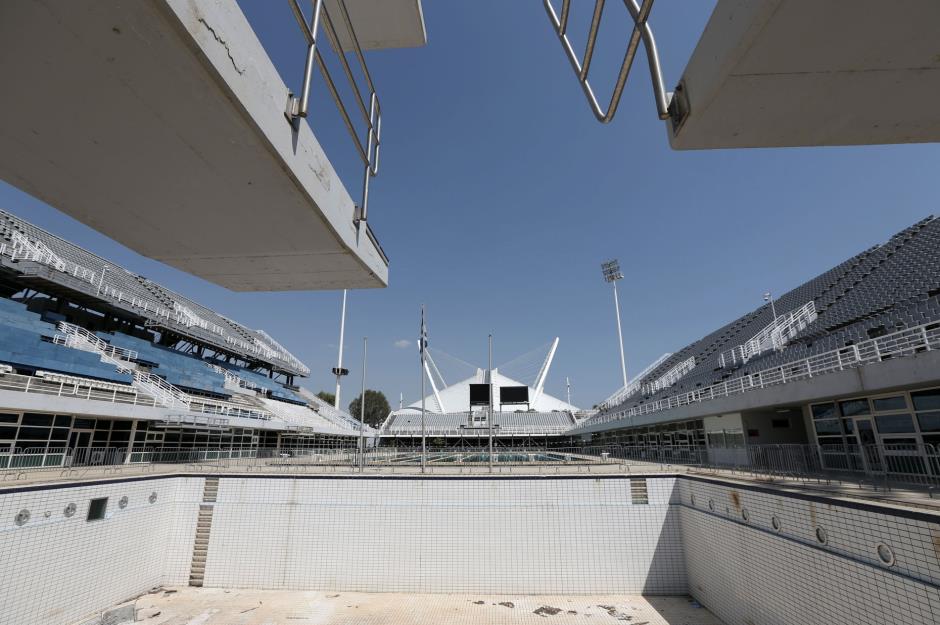
Athens' Olympic facilities were such an unmitigated financial disaster that they contributed to bringing down the entire Greek economy, which is still in crisis mode today, worsened by the impact of COVID-19. Like many purpose-built venues and stadiums, the vast Olympic facilities were not built with the long term in mind.
Athens, Greece, 2004, cost: $12.8 billion
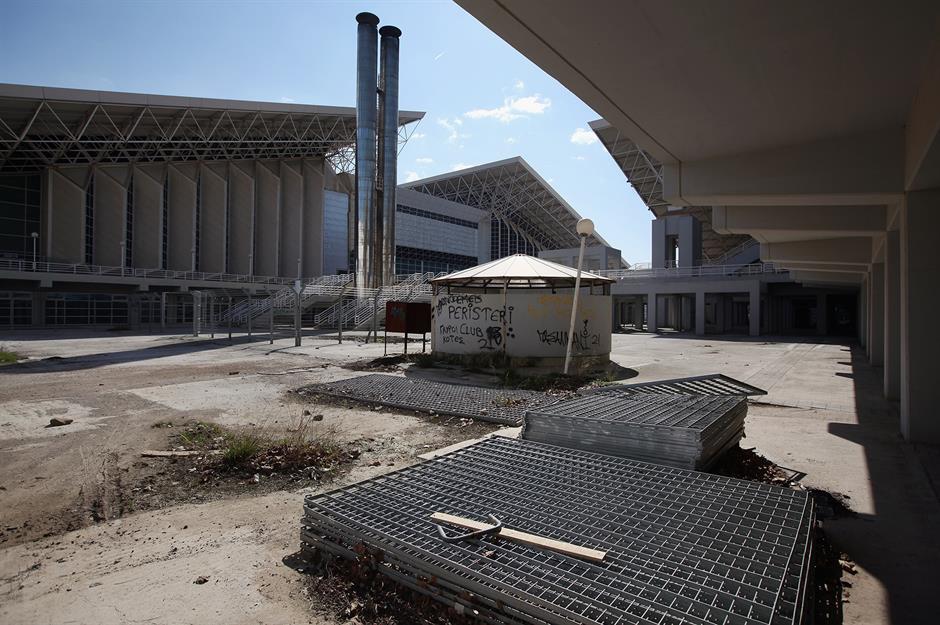
Fast-forward to 2021 and the vast majority of the venues lie empty, while the country is still paying back its debts. Without the state providing any real plan for what would happen to the venues after the Games, they've been left to fall into disrepair. The aquatics center has completely dried up, heaps of trash have been left in outdoor training pools, and monuments are covered in graffiti.
Athens, Greece, 2004, cost: $12.8 billion
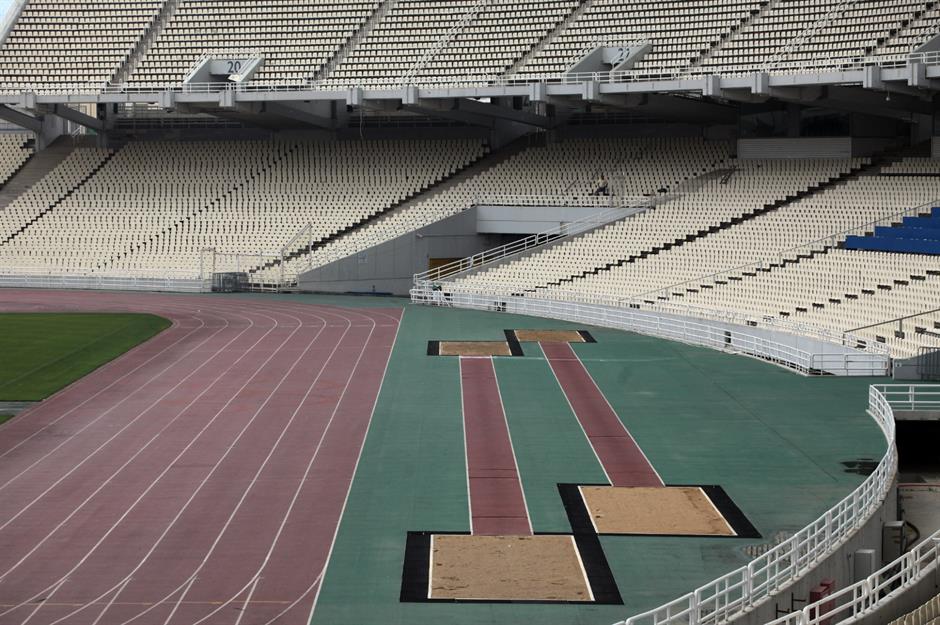
Rio de Janeiro, Brazil, 2016, cost: $13.2 billion
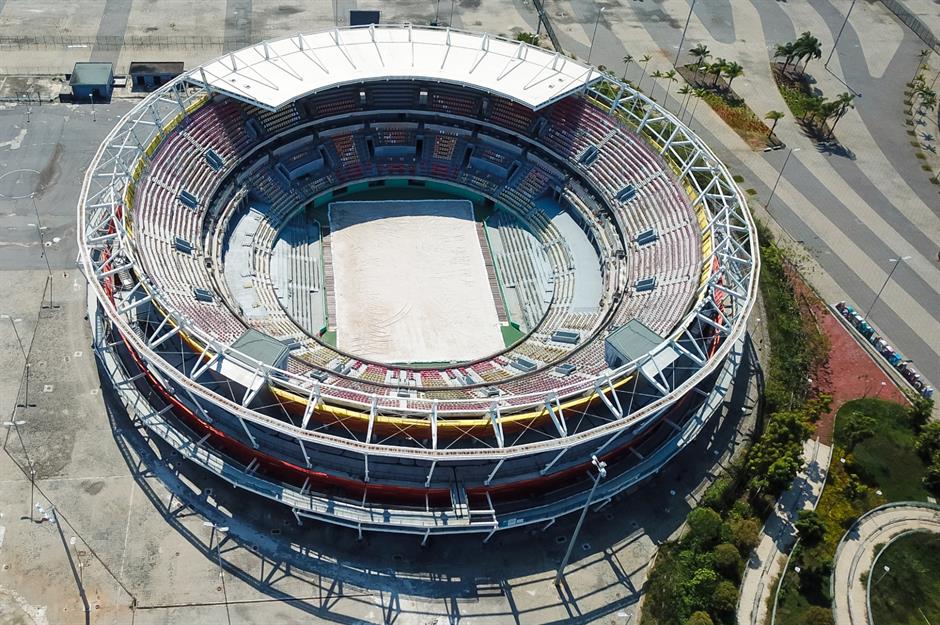
Rio de Janeiro, Brazil, 2016, cost: $13.2 billion
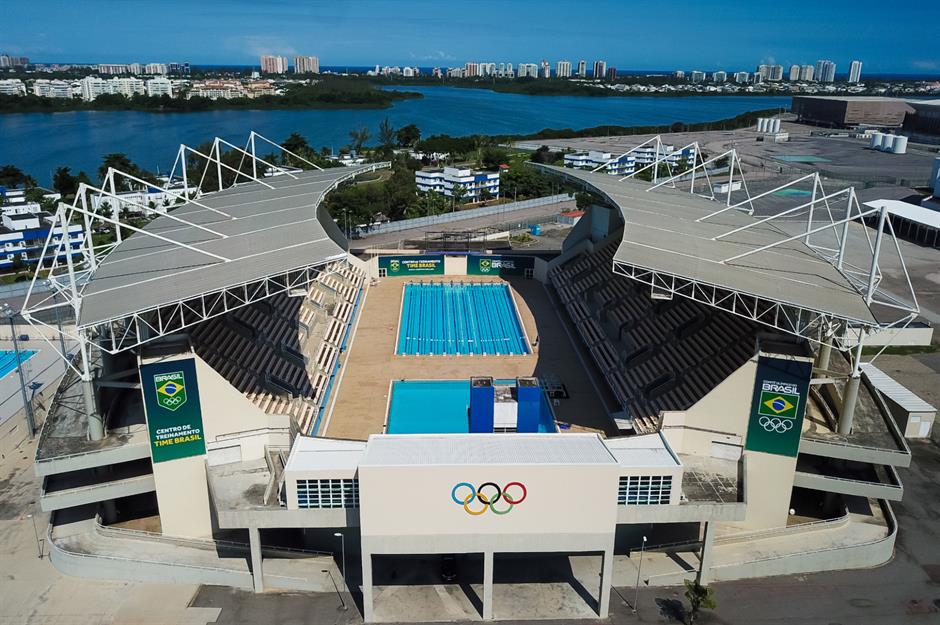
The overall price tag of hosting the Games was $13.2 billion, according to the federal agency for Olympic legacy (AGLO), which is lower than the $14.3 billion spent on hosting London's Olympic Games in 2012, but around one and a half times more than the original budget.
Rio de Janeiro, Brazil, 2016, cost: $13.2 billion
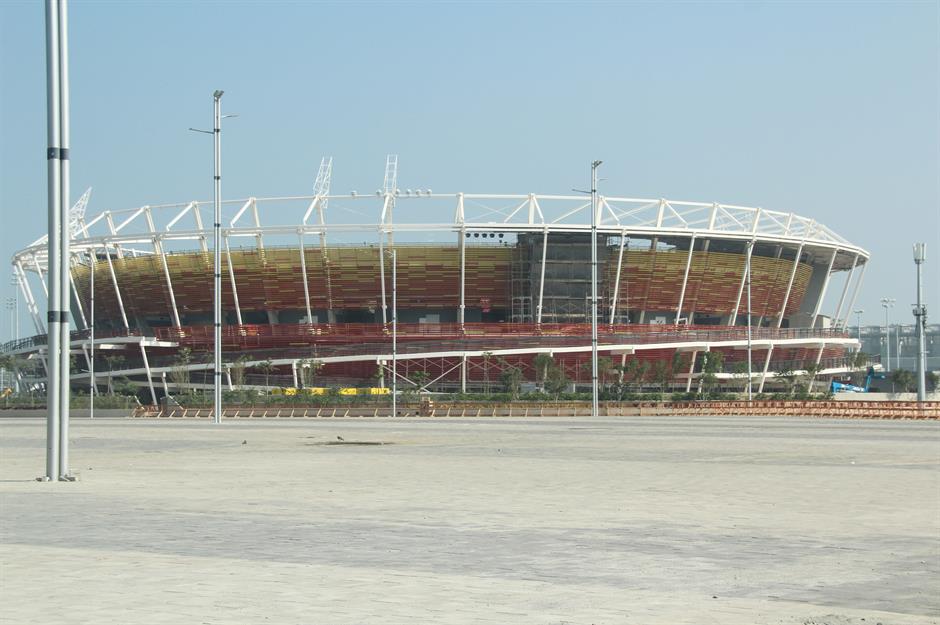
In 2017, federal prosecutor Leandro Mitidieri looked into how the Olympic venues have been used since the Games, reporting that many were boarded up and empty, with the government paying maintenance costs. Mitidieri said at a public hearing: "There was no planning when they put out the bid to host the Games". He added: "They are white elephants today. What we are trying to look at here is to how to turn this into something usable."
Rio de Janeiro, Brazil, 2016, cost: $13.2 billion
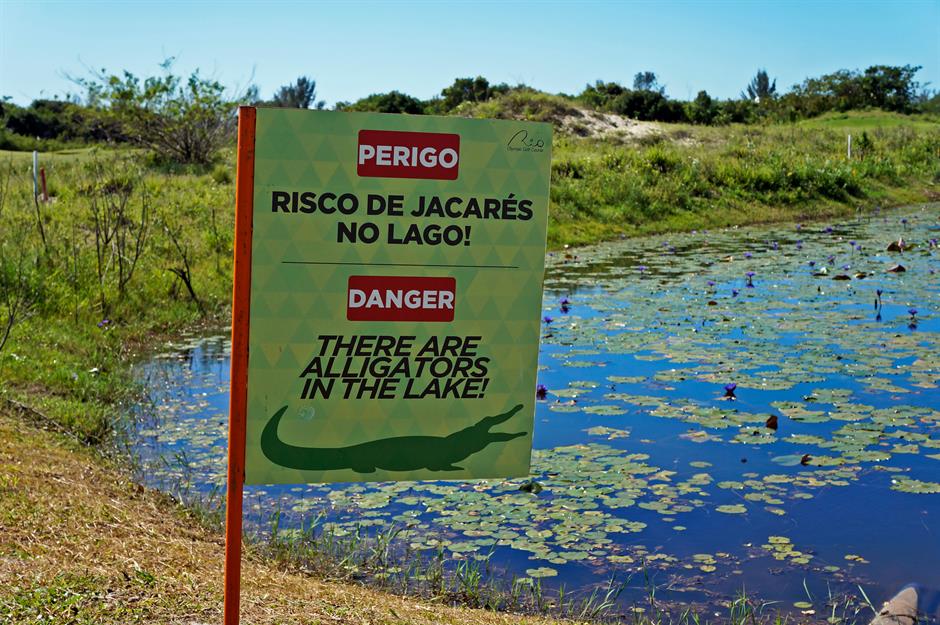
Beijing, China, 2008, cost: $47.6 billion
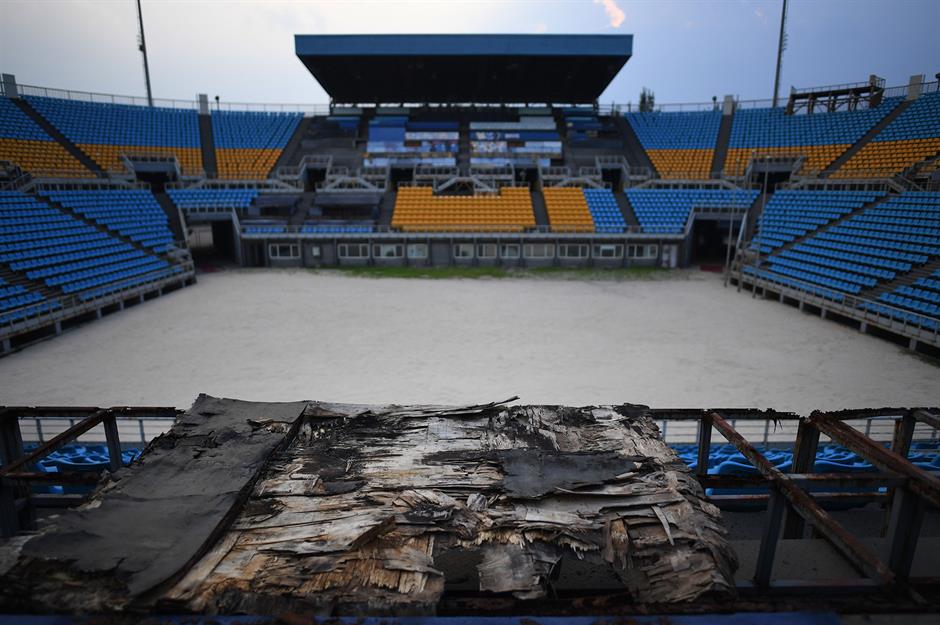
The 2008 Olympic Games in Beijing cost a staggering $40 billion in 2008, equivalent to $47.6 billion in today’s money. Yet over a decade later many of the venues are a mess. The volleyball stadium (pictured) is filled with rotting wood, watersports arenas have run dry and mascots lie abandoned.
Beijing, China, 2008, cost: $47.6 billion
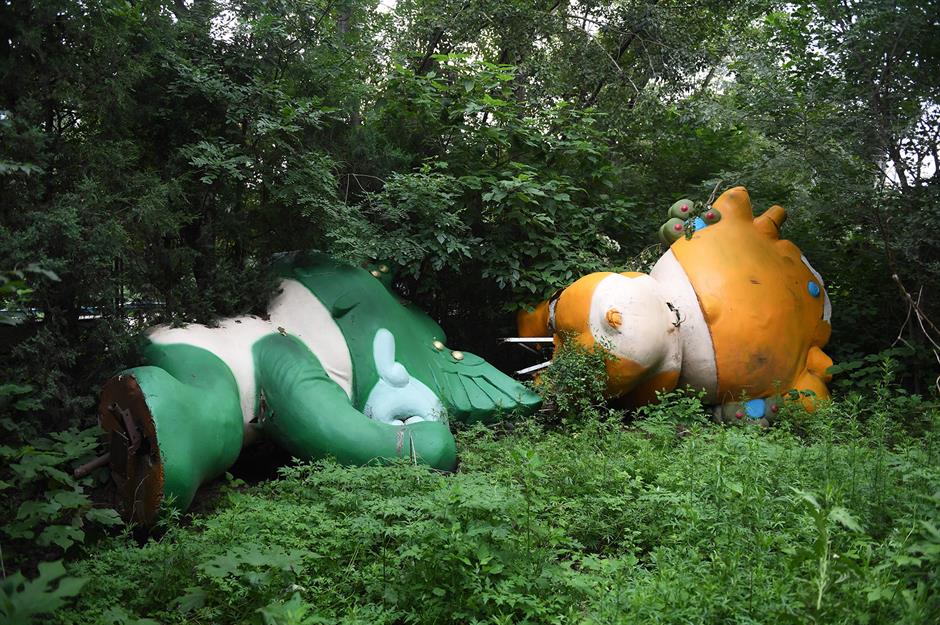
The two main venues, the Bird's Nest stadium and Water Cube aquatics center, remain popular tourist attractions, which are intended to be reused when the city hosts the Winter Olympic and Paralympic Games in 2022.
Beijing, China, 2008, cost: $47.6 billion
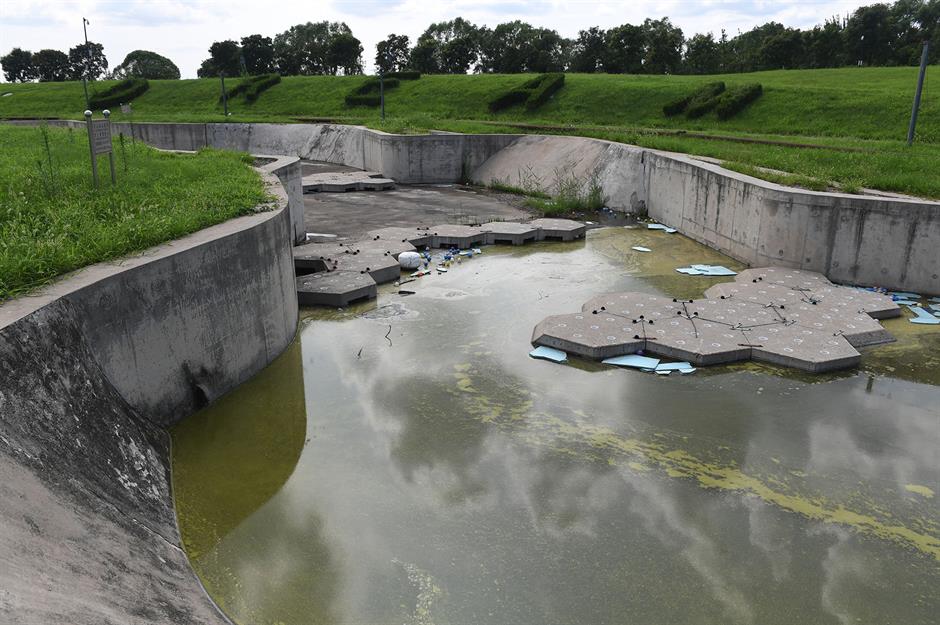
Yet the other abandoned and largely derelict facilities leave a bitter taste in the mouth for many. After an estimated two million residents were removed from their homes to clear space for the Games, many of them allegedly forcibly, the fact that these venues were left to rot afterwards only adds insult to injury.
Beijing, China, 2008, cost: $47.6 billion
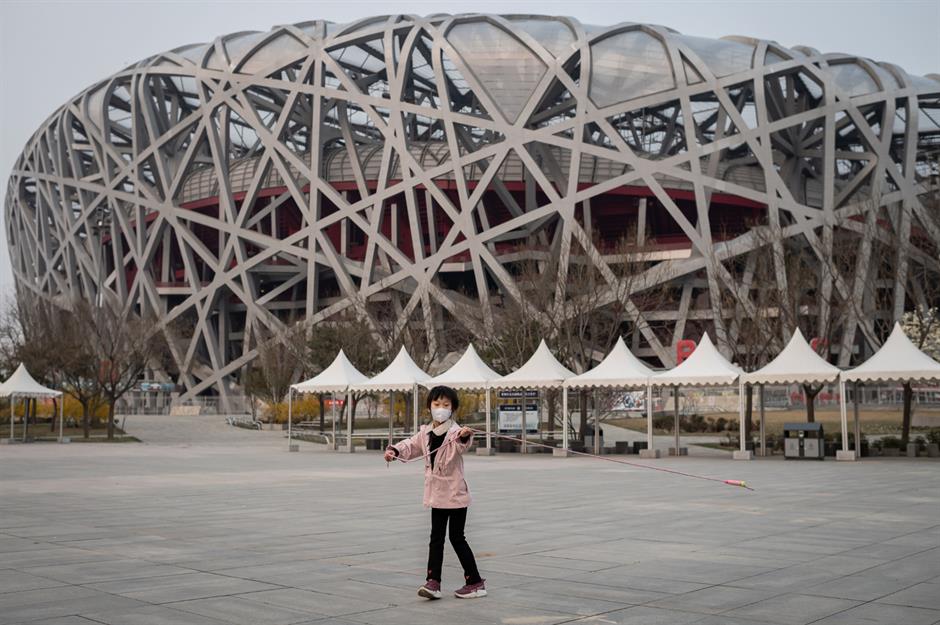
Pictured here last year during the pandemic, the Bird's Nest stadium costs an estimated $11 million a year to maintain, although it's one of the only Olympic facilities that actually remains profitable, with an annual operating income of around $36.7 million.
Sochi, Russia, 2014, cost: $50 billion
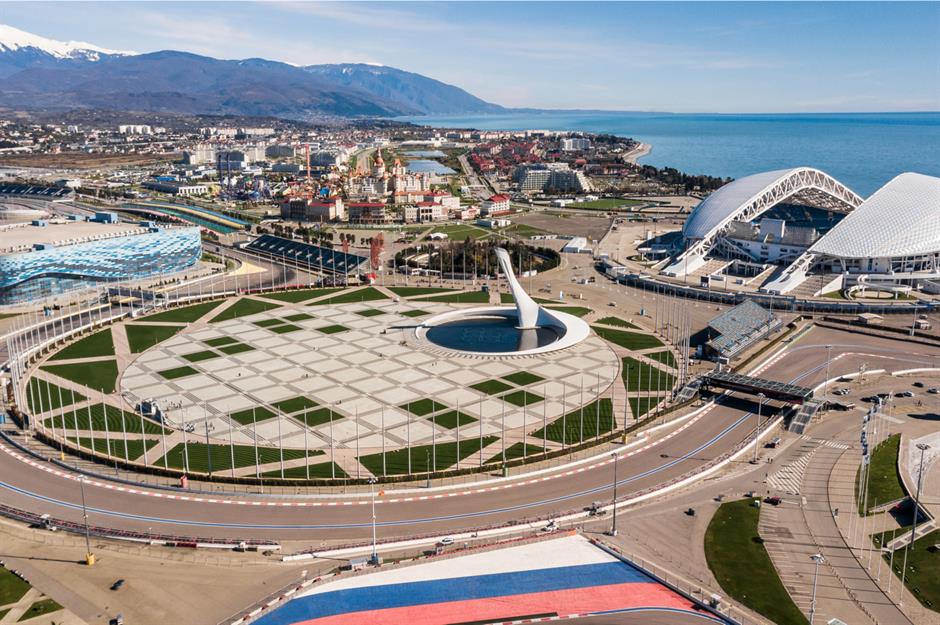
Going over budget is pretty much a given when it comes to hosting the Olympics, but when it was Sochi in Russia's turn to host the Winter Olympics in 2014, it took things to a whole new level. When Russia won its bid in 2007, the budget was set at $12 billion. Yet the consensus figure for the overall cost of the event was $50 billion, more than four times as much.
Sochi, Russia, 2014, cost: $50 billion
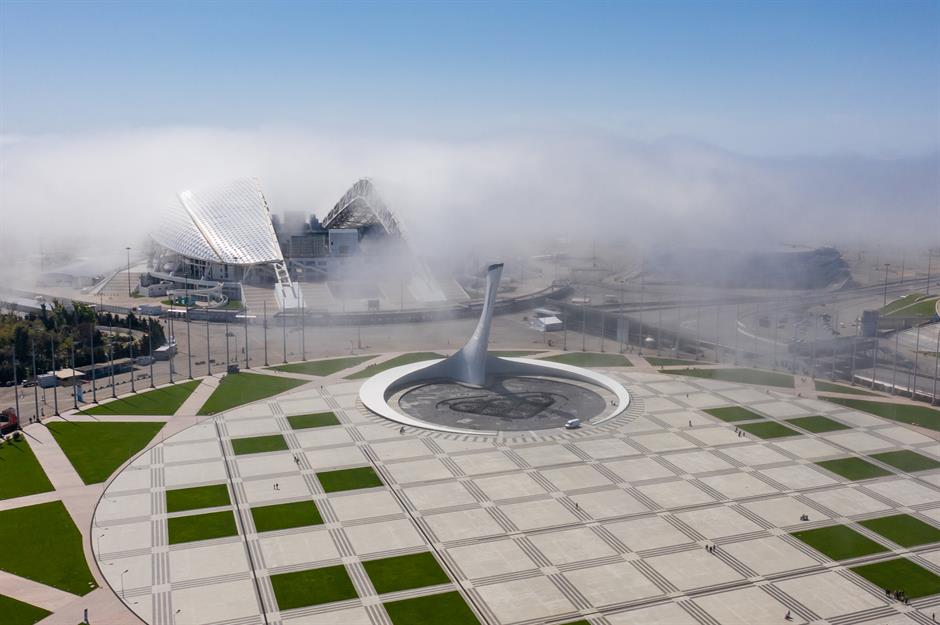
It was the largest Winter Olympics ever, with 88 nations participating and 2,873 athletes taking part in 98 events. Despite this, its legacy is mired in controversy, as the cost overruns were blamed on corrupt government ties with oligarchs and there were allegations of abuse of migrant workers.
Sochi, Russia, 2014, cost: $50 billion
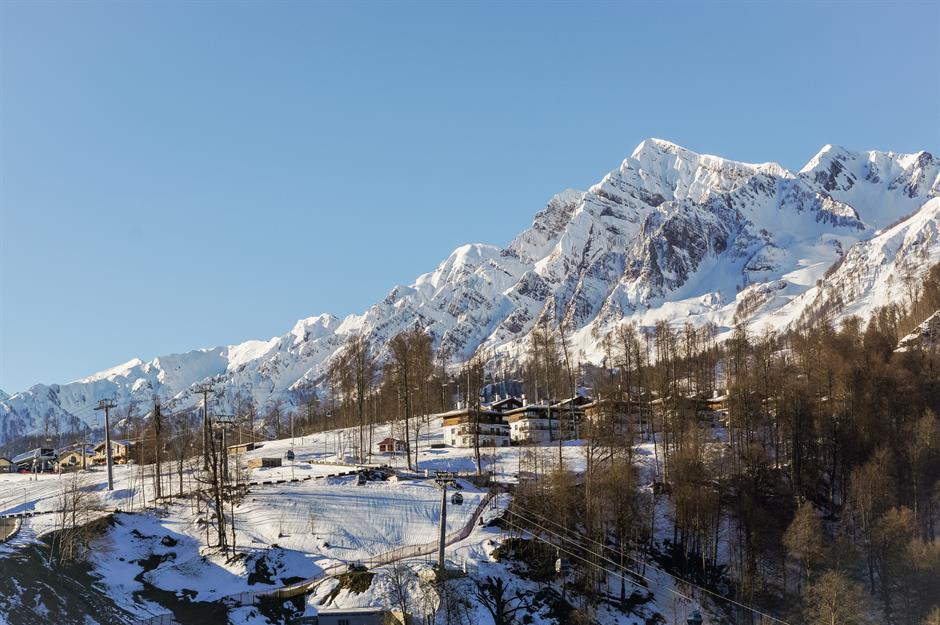
Some of the money was spent on improving infrastructure in the region, including a new beltway to divert traffic around Sochi, improved paths around the city for people with disabilities and new public transport. However, the Olympic venues themselves have undoubtedly become white elephants. Many of these facilities now struggle to attract sporting and music events and one of Russia's top state-run banks, Vneshekonombank, is allegedly struggling with post-Olympic loans.
Sochi, Russia, 2014, cost: $50 billion
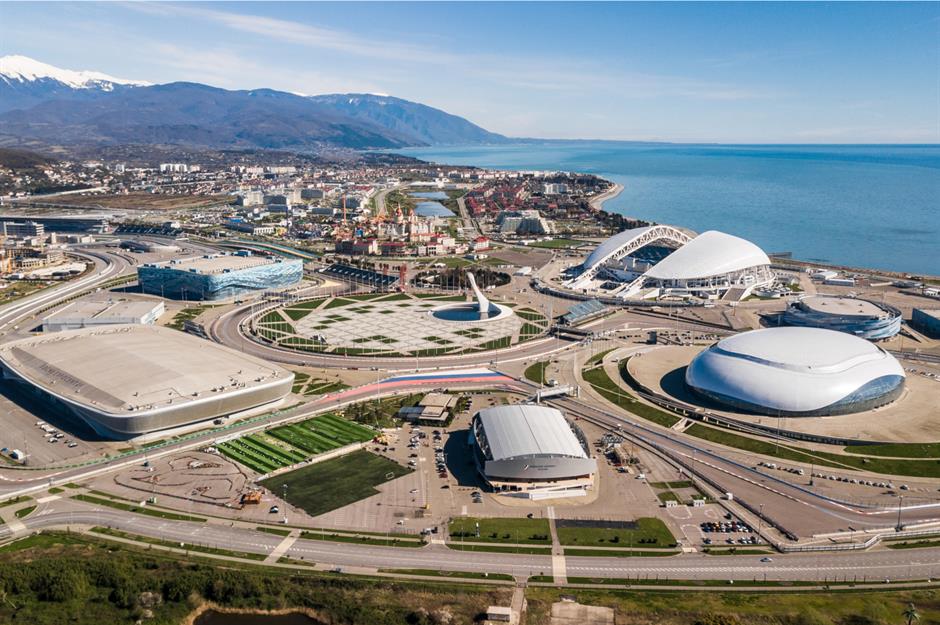
The event also displaced around 2,000 people, with Human Rights Watch reporting that not all of them have received fair compensation. Meanwhile, the village of Akhshtyr had its drinking water supply cut off and construction work allegedly caused environmental damage.
See more billion-dollar wastes of money
Comments
Be the first to comment
Do you want to comment on this article? You need to be signed in for this feature